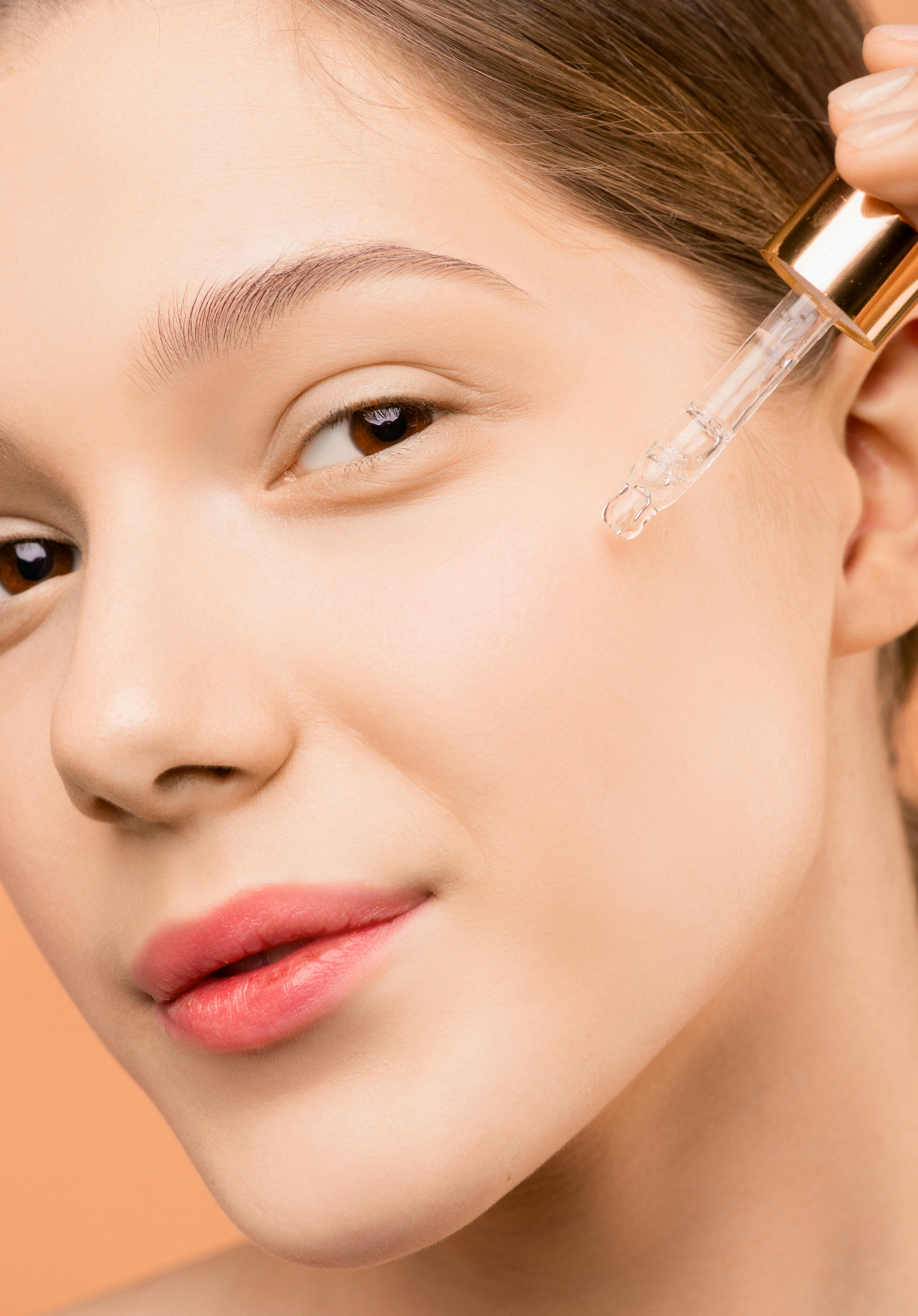Layering routines: combining skincare and makeup without irritation
Learn practical steps for layering skincare and makeup to minimize irritation while preserving hydration, sun protection, and the skin’s microbiome. This overview covers formulations, pigments, tools, and inclusivity so routines work across diverse skintones and needs.

Layering skincare and makeup can support skin health and a polished finish, but improper order, mismatched formulations, or aggressive application can cause irritation. A calm, functional routine considers hydration, sun protection, ingredient compatibility, and the skin’s microbiome while keeping texture and pigments working together. This article outlines practical strategies for combining products and tools so makeup complements rather than compromises skin comfort and long-term barrier function.
This article is for informational purposes only and should not be considered medical advice. Please consult a qualified healthcare professional for personalized guidance and treatment.
Skincare formulations and makeup application
Choosing compatible formulations is the foundation of a non-irritating layering routine. Lightweight, water-based serums typically absorb quickly and play well under makeup, while richer oils or heavy creams can affect makeup adherence and change texture. Pay attention to active ingredients: combining multiple strong actives (like high-concentration acids and retinoids) with certain pigments or solvents can increase sensitivity. When selecting products, look for clear ingredient labeling and simple layering order—cleanse, treat, hydrate, protect—before makeup application to maintain barrier integrity and predictable texture.
Hydration, texture, and the microbiome
Hydration supports texture and comfort, reducing friction from brushes or fingers during application. Use humectants (such as glycerin or hyaluronic acid) in early steps and occlusives sparingly at night; during makeup days favour lightweight hydrators that don’t leave a greasy surface. The skin microbiome benefits from gentle cleansers and avoiding over-exfoliation; disturbing that balance can increase redness and susceptibility to irritation. Choose products that maintain pH balance and avoid unnecessary antimicrobial ingredients unless prescribed, as preserving microbial diversity helps resilience against irritation.
Sun protection and layering order
Sun protection is essential and should be the final skincare step before makeup. Chemical and mineral sun protection interact differently with makeup: chemical filters generally sit visibly thinner, while mineral sunscreens can affect finish and pigment appearance. Allow sunscreen to set for a few minutes, then test how foundation or tinted moisturizers apply. If you use powder-based products, tap lightly to avoid removing sunscreen. For touch-ups, consider SPF-containing powders or mists formulated for reapplication without disturbing underlying layers.
Pigments, skintones, and inclusivity
Pigment formulations vary in opacity and undertone; choosing the right pigments for diverse skintones reduces the need for heavy layering that can cause rubbing and irritation. Lightweight, buildable formulas allow even coverage with minimal friction. Inclusivity in shade ranges and formulations helps avoid overworking products to compensate for mismatched tones—less rubbing equals less barrier disruption. When testing pigments, do so on clean, rested skin and observe reactions over several hours to ensure compatibility with your routine’s ingredients.
Tools, application, and avoiding irritation
Tools and technique influence how products interact with skin. Brushes, sponges, and fingers each apply different pressure and friction. Soft, clean brushes reduce abrasion; dampened sponges can help blend hydrating formulas with less tug. Clean tools regularly to prevent transfer of oils, pigments, and microbes that may trigger sensitivity. For application, use gentle patting and pressing motions rather than vigorous buffing when working over active treatments or compromised skin. Swap abrasive scrubs and stiff brushes for gentler alternatives to maintain the skin barrier.
Sustainability, ingredients, and haircare links
Sustainability intersects with formulation choices and packaging. Many brands now offer recyclable packaging and transparent ingredient sourcing. When evaluating ingredients, consider both efficacy and environmental impact; biodegradable surfactants and responsibly sourced pigments can align with sustainable priorities. Haircare can influence facial skin (product transfer, scalp oils, or styling products), so be mindful of how hair formulations interact with face products—silicones or heavy oils from haircare can transfer and affect makeup texture or clog pores. Simplifying ingredient lists and choosing multifunctional products often reduces both waste and irritation risk.
Conclusion Layering skincare and makeup without irritation relies on thoughtful product selection, correct order, and gentle application. Prioritize hydration and sun protection, be mindful of active ingredient combinations, choose pigments and textures suited to your skintone, and keep tools clean and soft. Attention to these details helps create routines that respect the skin’s microbiome and barrier, while supporting comfort and an even makeup finish.





